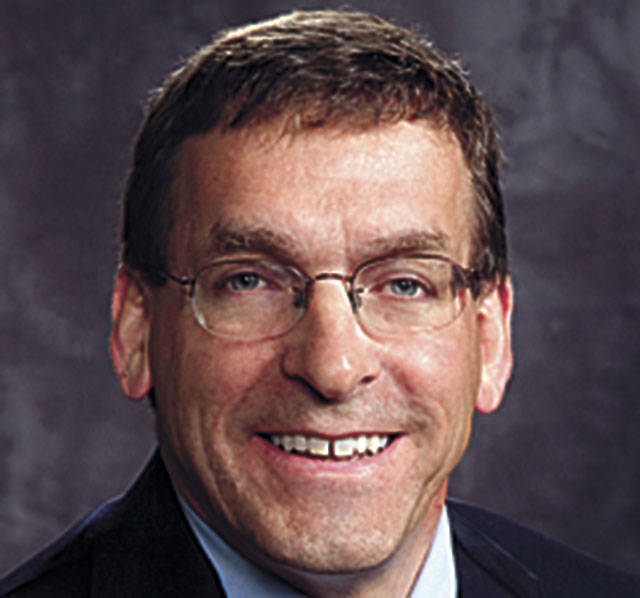My friend called me last week and invited me to the Climate March in Seattle. I decided not to go. Maybe I just had enough marching, with the Women’s March the day after the presidential inauguration, and the March for Science earlier in April.
These were good marches, protests and political celebrations. I was good with that. They were enough for me!
So I thought, what should I do for the climate? The median strip on the east side of our house has three maples that I planted 25 years ago. They are doing just fine, providing shade and beautiful foliage.
But I have been looking at the median strip on the north side for several years now, since my first efforts of planting, watering and caring for some saplings had failed, leaving one tree doing quite well and the other three dead.
Our new neighbors just planted some trees. Maybe that’s what I should do — plant some trees. It would be keeping up with the Jones in a good way!
I went to the local nursery and bought three healthy flowering crab apple trees, dug holes, planted them and watered them. So far, so good. Of course, only three days of showers and cool air have gone by. All that is good for these trees. They don’t take a lot of maintenance — just a good watering once a week.
Trees are good for us. Carbon dioxide is one of the major contributors to global warming and climate change. Trees trap carbon dioxide and “exhale” oxygen in return. A mature tree can absorb roughly 48 pounds of carbon dioxide a year and in turn release enough oxygen to sustain two people.
Trees reduce runoff by storing water from rain. That makes a big difference in our rainy Northwest (45 inches of rain already since Oct. 1). Trees also absorb sound and reduce noise pollution.
So if you live near a freeway, plant a couple of trees! If you want to cool off in the summer (whenever that comes), you will appreciate trees reducing the heat from streets and sidewalks.
You can plant trees even if you live in an apartment with no yard or median strip of your own. Just two weeks ago, students from Horizon Elementary School in South Everett spent part of their spring break planting trees as part of a forest restoration project organized by the Snohomish Conservation District.
Last year this little-known public entity planted 31,000 native trees and shrubs along streams, rivers and wetlands throughout Snohomish County and Camano Island. They had help from private landowners, volunteers from local schools and communities, and Washington Conservation Corps crew members.
It may seem counter-intuitive that we should focus on trees, when we live in the Northwest, surrounded by mountains and forests. But when you consider urban and suburban growth, trees have been losing out.
Our forests are now on their third growth cycle, with smaller and less healthy trees. The giants are gone. So one way to take back a little of our natural heritage is to plant a tree. When you do, you are helping just a little to offset global warming.
Plus, you are getting some exercise, your hands are getting dirty and your quality of life is improved by the reality of that tree!
John Burbank is executive director of the Economic Opportunity Institute (www.eoionline.org). His email address is john@eoionline.org.




